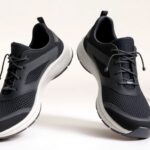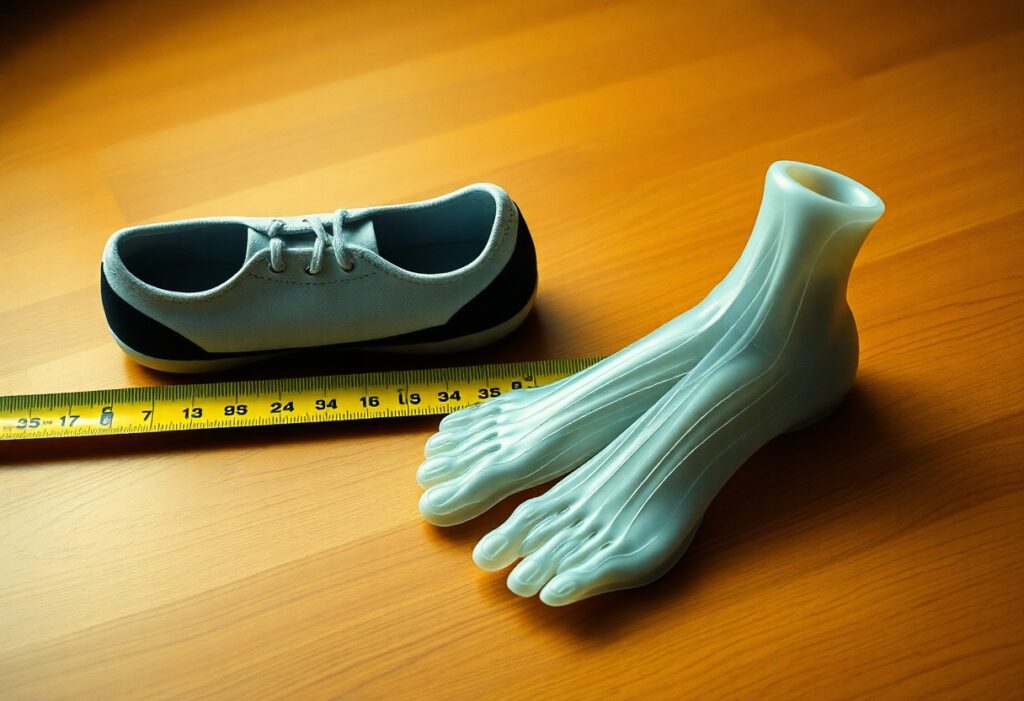
Choosing the right footwear is crucial, particularly when it comes to Xero Shoes. Understanding the nuances of how Xero Shoes fit, including the specific measurements of their toe box dimensions, is essential to ensure your comfort and optimize your foot health. Studies indicate that individuals, especially those with certain foot conditions, may need wider shoes, which underscores the importance of evaluating how Xero Shoes cater to your unique foot shape. This in-depth analysis will clarify the complexities involved in sizing, enabling you to make a well-informed choice for your feet.
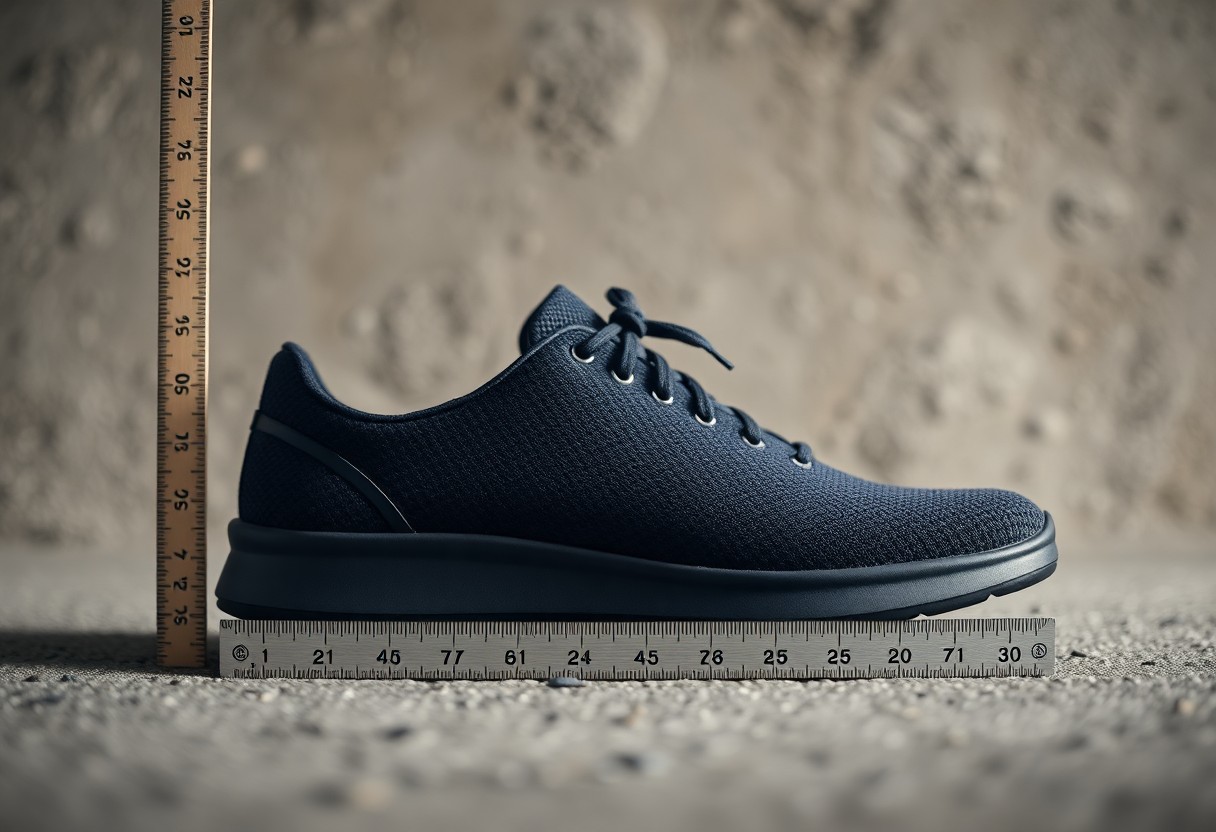
Meeting Expectations for Comfort and Fit with Xero Shoes
As you delve into the world of Xero Shoes, it’s common for prospective users to expect a fit that promotes natural foot movement and provides sufficient space for toe splay. Many individuals desire footwear that accommodates the unique shapes of their feet, particularly those with wider foot structures or high arches. Achieving a snug yet comfortable fit is paramount, as it can greatly improve your overall performance and reduce the likelihood of developing blisters or discomfort during extended wear. By understanding these expectations, you can better select a shoe that enhances your physical activities.
Dispelling Myths Surrounding Xero Shoes Fit
There are numerous misconceptions regarding the fit of Xero Shoes. For instance, some individuals mistakenly believe that these shoes are tailored exclusively for narrow feet, when in fact, they are designed with a wider toe box that encourages natural toe splay. Additionally, confusion often arises about sizing, as many prospective buyers ponder whether to select a size larger or smaller than their typical footwear. Clarifying these misunderstandings can significantly assist consumers in making the right choice.
Analyzing User Feedback on Xero Shoes Fit
Feedback from Xero Shoes users frequently illustrates a mix of satisfaction and challenges related to sizing. A considerable portion of users praise the shoes for their generous toe box and overall comfort, especially when transitioning from conventional footwear. However, some users have raised concerns about inconsistencies in sizing, particularly with certain models like the Mesa Trail, where an 18% mismatch in sizing has been reported, largely due to variations in arch height. This highlights the importance of recognizing individual foot characteristics when selecting footwear.
Further examination of user testimonials reveals specific experiences related to fit. Customers often emphasize the increased mobility and stability provided by Xero Shoes, particularly on uneven surfaces. This is supported by research indicating an 11% increase in toe movement compared to traditional shoes. However, users report different sizing experiences based on their unique foot shapes, resulting in varying perceptions of fit. This inconsistency underscores the necessity of understanding your specific foot dimensions when choosing the right Xero Shoes for your activities.
The Importance of Foot Anatomy in Shoe Sizing and Fit
Your foot's anatomy plays a pivotal role in determining the appropriate shoe size and fit, particularly when it comes to specialized footwear like Xero Shoes. Variations in foot width, especially in the toe box, can have a profound impact on both comfort and performance. A deep understanding of how Xero Shoes accommodate different foot widths and sizing variations can empower you to make informed decisions regarding your footwear selections, ensuring they meet your unique anatomical needs.
Understanding Foot Anthropometry: A Detailed Examination
A study involving 212 men with diabetes found that the average forefoot width among these individuals was 4.5 mm wider than that of healthy individuals. This finding highlights the necessity for broader toe boxes in therapeutic footwear, prompting brands like Xero Shoes to consider these anatomical variations in their design processes. Such insights are crucial for developing footwear that caters to diverse foot shapes.
Identifying Sizing Variations Across Different Xero Shoe Models
| Key Findings | Description |
|---|---|
| Width Requirements | Individuals with diabetes typically require a wider toe box, which impacts their fit in Xero Shoes. |
| Toe Movement | Xero Shoes promote an 11% increase in toe splay compared to traditional footwear. |
| Model Consistency | 18% of reviews for the Mesa Trail model indicated inconsistencies in sizing. |
Examining Sizing Inconsistencies Across Xero Shoe Models
Variations in sizing among different Xero models can greatly affect your overall satisfaction and fit. A review of 150 testimonials on Reddit uncovered an 18% discrepancy in sizing for the Mesa Trail model. Many users attributed this to differences in instep height, indicating that while the general design aims for a flexible fit, individual foot shapes might lead to unexpected sizing results. Analyzing user experiences can provide valuable insights, helping you select a pair that aligns well with your specific foot profile.
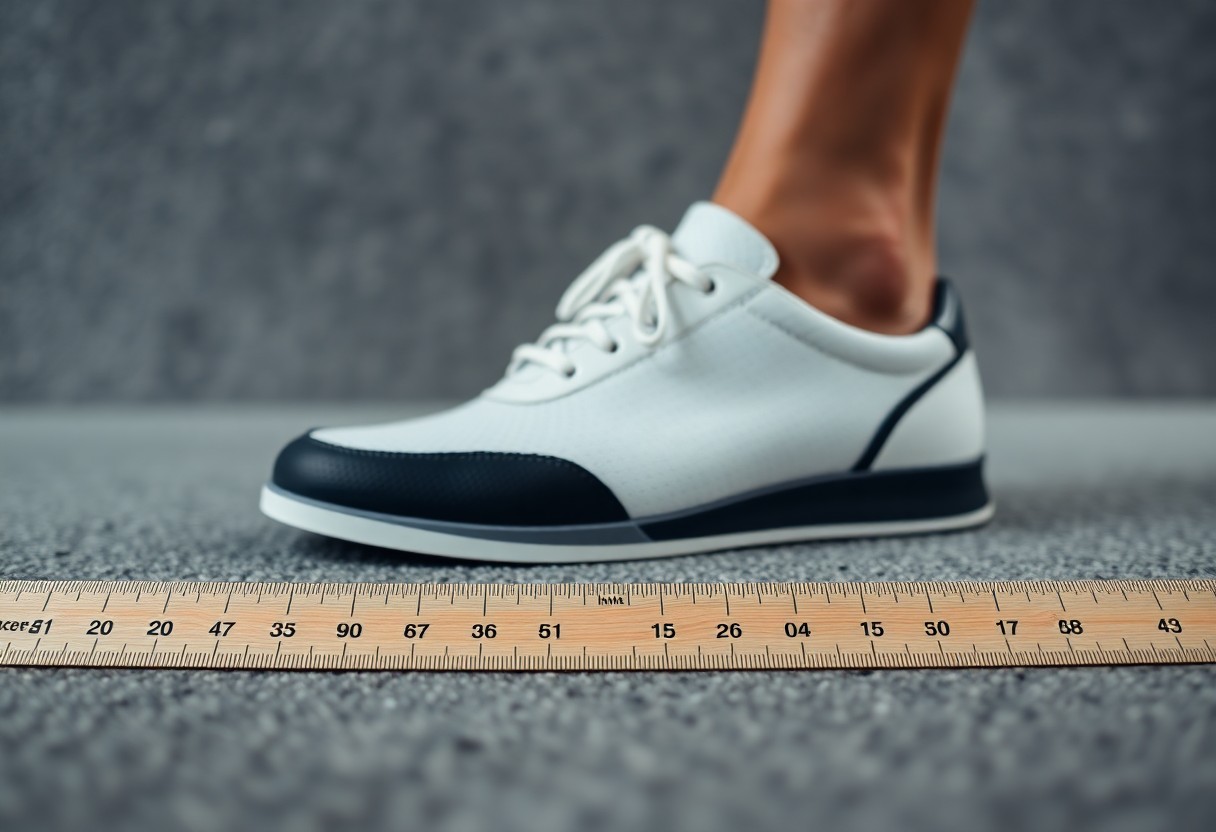
Maximizing Comfort and Performance by Enhancing Toe Splay
The concept of toe splay is integral to your overall comfort and performance when wearing Xero Shoes. Proper alignment of the toes not only improves balance but also facilitates efficient power transfer with each step. In contrast, traditional footwear often restricts toe movement, which can hinder your natural gait and negatively affect your foot health. By understanding how toe splay interacts with your footwear choices, you can significantly enhance your walking or running experience, ensuring lasting comfort throughout your activities.
Understanding Toe Movement in Minimalist Footwear
Footwear designed with a minimalist approach, such as Xero Shoes, allows your toes to move freely and spread naturally. This unrestricted movement is essential for fostering better biomechanics and enabling complete engagement of your foot muscles. Unlike traditional shoes that limit toe splay, minimalist designs feature a wider toe box, enhancing your foot’s natural function and comfort during various activities, thereby promoting overall foot health.
Evaluating the Effectiveness of Xero Shoes on Toe Splay
Research indicates that Xero Shoes can significantly improve toe splay efficiency, offering approximately 11% greater toe mobility compared to standard hiking footwear. This enhanced mobility contributes to improved stability and adaptability on uneven terrain, making your movements more dynamic and responsive. For activities like hiking or trail running, this increased toe splay can dramatically influence your overall performance. Enhanced toe mobility aids in effective weight distribution and grip on various surfaces, ultimately helping to prevent blisters and improving balance. By allowing the toes to remain in their natural alignment, Xero Shoes alleviate discomfort caused by cramped toe spaces in conventional footwear. This blend of comfort and efficiency enables you to navigate trails with greater confidence and reduced fatigue.
Matching Shoe Sizing to Your Physiological Requirements
Aligning your shoe size with your physiological requirements necessitates a comprehensive understanding of your individual foot shapes and dynamics. Given that research shows a 4.5 mm increase in forefoot width among individuals with diabetes, it becomes apparent that many users may need wider toe boxes for optimal comfort and functionality. A proper fit takes into account not just length but also the natural splay of your toes. This understanding drives brands like Xero Shoes to refine their sizing practices, ensuring better alignment of footwear with a variety of foot structures and enhancing overall user satisfaction.
Guidelines for Consumers Based on Foot Structure
Understanding your foot structure is crucial when selecting Xero Shoes. If you have wider feet or high arches, consider opting for a larger size or exploring models known for their broader toe boxes. Regularly measuring your foot’s width and length can significantly assist in finding the ideal fit. Moreover, custom orthotics can enhance your overall experience by providing tailored support that complements the shoe’s design, further promoting comfort and functionality.
Utilizing Consumer Feedback for Design Enhancements
Consumer insights are instrumental in shaping design improvements within the Xero Shoes collection. By carefully analyzing reviews and reported fit issues, the brand has been able to implement significant changes. This includes widening the toe boxes and addressing noted sizing discrepancies in models like the Mesa Trail, ensuring that customer feedback translates into better-fitting options for future iterations.
Recent updates based on user feedback involve increasing the space in the toe box to better accommodate a wide range of forefoot widths, addressing the 18% sizing discrepancy highlighted in customer reviews. By concentrating on the needs expressed by users, Xero Shoes guarantees that their designs not only enhance mobility—evidenced by an 11% increase in toe movement on uneven terrain—but also provide a more accurate fit across various foot types. This commitment to incorporating consumer feedback ensures that you find a shoe that feels customized to your individual needs, enhancing both comfort and performance.
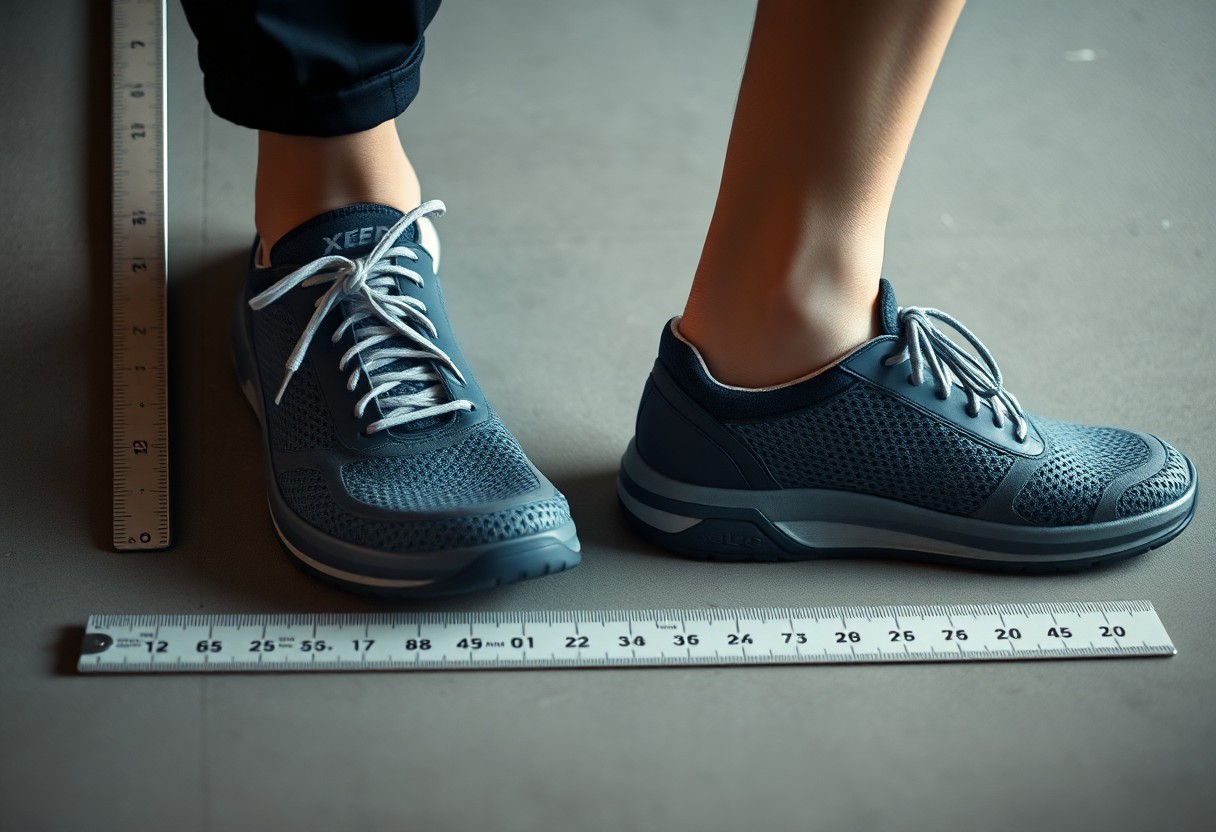
Imagining the Future of Footwear Design and Sizing
The evolution of shoe sizing and design is increasingly focusing on inclusivity and personalization, emphasizing the necessity of accommodating a diverse range of foot shapes and sizes. Innovations in materials and construction techniques are enabling brands to develop footwear that not only fits well but also enhances performance and comfort. As consumer expectations shift, manufacturers are concentrating on bridging the gap between traditional sizing norms and the unique anthropometric needs of their clientele.
Progressive Strategies for Footwear Fit: Meeting Consumer Demands
Customizable features and wider toe boxes are becoming more common among footwear brands, particularly in response to consumer feedback regarding comfort and fit. As studies reveal that many users often require additional space in the toe area—especially those with wider feet—brands like Xero Shoes are adjusting their designs to meet these specific demands. This shift not only boosts user satisfaction but also promotes foot health by allowing for natural toe splay during movement, ultimately improving overall comfort.
Harnessing Technology for Tailored Shoe Solutions
Technological advancements play a pivotal role in achieving personalized shoe solutions. Innovations such as 3D foot scanning allow consumers to receive highly customized recommendations based on their specific foot dimensions, resulting in improved fit accuracy. This is particularly vital as even minor misalignments in shoe fit can lead to discomfort or injuries.
3D foot scanning technologies capture the precise contours of your foot, revealing specific measurement variations that traditional sizing often fails to account for. Brands are increasingly leveraging this data to create shoes that conform to your individual profile rather than adhering to a one-size-fits-all model. Additionally, virtual fitting technologies can simulate how different models will fit, making it easier to choose footwear that caters not only to your foot shape but also to your activity level and preferences. Consequently, the footwear industry is advancing toward a future where you can experience unparalleled comfort and support tailored specifically to your needs.
Essential Insights on the Fit and Sizing of Xero Shoes
In conclusion, it is crucial to understand that Xero Shoes may present a different fit compared to traditional footwear due to variations in toe box dimensions and identified sizing discrepancies. Research indicates that a wider toe splay benefits overall foot health, particularly for individuals with specific conditions such as diabetes. Given that numerous users have shared varied experiences regarding sizing, it is vital to assess your foot's width and height to determine the most suitable fit for your particular needs.
The Article Are Xero Shoes True to Size? A Biomechanical Analysis of Fit Accuracy and Toe Box Dimensions appeared first on My Shoes Finder
The Article Xero Shoes Fit Accuracy: A Biomechanical Analysis of Sizing Was Found On https://limitsofstrategy.com


